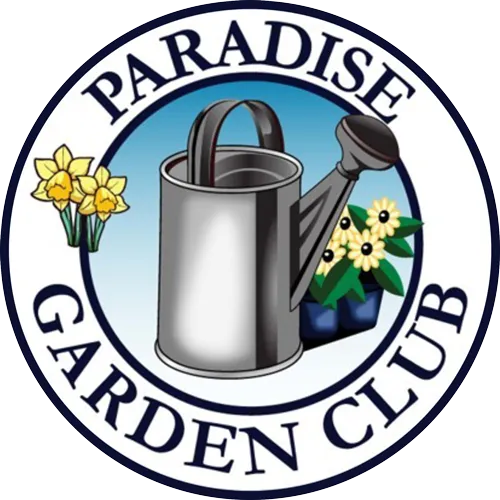2025 Paradise Garden Tour (June 7th & 8th) - Buy Tickets Now!
404 ! Not Found
Oops! The page you are looking for doesn't exist
Join Our Newsletter
Contact Info
P.O. Box 1246, Paradise CA 95967
© 2025 Paradise Garden Club. All rights reserved. Site by Revision Road
